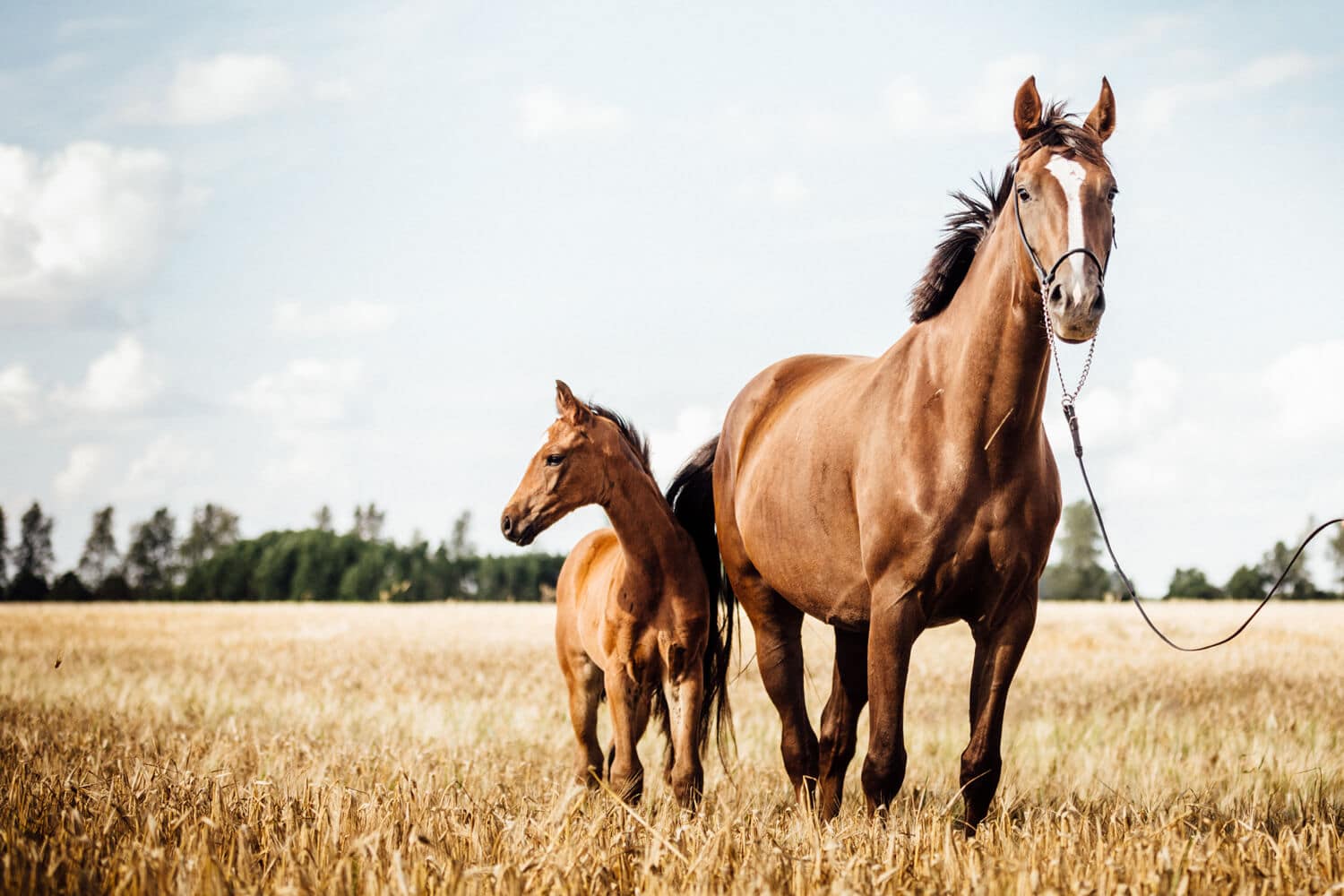Summertime joint care

Summer presents major challenges for joint health. Do you know that most equine joint conditions that result in lameness are the culmination of ‘micro wear and tear’ injuries as opposed to a single traumatic incident?
Riding and training at this time of year has a significant impact on equine joint care, with rising temperatures placing increased demands on your horse’s cardiovascular and musculoskeletal system. Carefully managing your horse’s health and fitness, diligent attention to ground and training conditions, along with targeted joint care practices, can drastically reduce micro wear and tear injuries and keep your horse sound throughout summer and for many seasons beyond. In horses that have existing injuries or less than ideal conformation, these practices are all the more important.
Joint health relies on good horse health. The start of each season is a great time to review your routine health care regimen with regards to foot care, nutrition and body condition, worming, dentistry and vaccination protocols.
Many of the summer time implications for joint health are related to changes in footing. Cross country tracks and riding trails invariably become firmer in summer. The firmer the ground and the greater the speeds reached whilst riding, the higher the concussive forces on your horse’s legs. Jumping further adds to concussive stress. If your horses haven’t had a chance to work on firm ground over the cooler part of the year, you will need to incrementally expose them to the firmer ground, going over a 6-8 week period. Slowly increase both the intensity and duration of training to give joints and soft tissues time to adapt to the firmer ground in order to reduce the risk of injury.
Arena performance over the summer months will largely depend on surface composition. Coarse sand can become quite firm and compacted and require additional grading. Conversely, arena surfaces composed of finer sand particles tend to become loose and allow the horse’s feet to sink deeper into the surface. As the sand shifts there is less security for each footfall and additional demands are placed on the soft tissues. Regular watering of sand arenas often improves footing. The addition of specially designed wax and/or fiber-based materials is another option.
Also consider your horses paddocks. Depending on your soil type, paddocks can become quite hard before your horse’s feet and legs have had a chance to adapt to the firmer ground. Consider restricting paddock size to reduce concussion to limbs during paddock turnout.
Summer conditions place additional demands on your horse’s cardiovascular fitness. Poor cardiovascular fitness can lead to fatigue, reduced proprioceptive ability, and fatigued soft tissues, all of which can lead to joint injuries. When it comes to training, you may want to work your horse in the cooler part of the day. If riding in the middle of the day is unavoidable, reduce both the intensity and duration of your training sessions until your horse has had a chance to acclimatise to the warmer conditions.
Of course, if you are likely to be competing in hot weather you will need to create a training plan that enables both yourself and your horse to prepare for such conditions. Remember, good riding also relies on a fit rider!
When it comes to protecting your horse’s limbs, consider if your horse actually needs tendon boots or bandages. There is evidence to suggest that the insulative properties of either can result in excessive overheating of soft tissues and thereby add to cumulative wear and tear. You will need to consider if their protective benefits outweigh the risk of such damage. This is true all year round but is particularly relevant in summer.
Once you have finished riding/training/competing, cool your horse off with cold water. Icing your horse’s joints either by having them stand in ice water for 10 minutes, by applying ice boots or cold-water hosing for 10-15 minutes, are safe and effective ways to reduce post exercise temperature in soft tissues and joints. Compression can further assist soft tissue care during this post exercise cool down routine.
A significant milestone in equine joint health has been the creation of Epiitalis® by Interpath. Epiitalis® utilises a natural oil extract from the seed of the conifer, Biota orientalis, and has been patented for its revolutionary cartilage repair and pain relief properties. As the active ingredient in 4CYTE™ and 4CYTE™ Epiitalis® Forte, it has been scientifically proven to help suppress the inflammatory processes that are often responsible for joint disease and resulting osteoarthritis. As a simple to administer, highly palatable daily supplement, 4CYTE™ Epiitalis® Forte is a game changer when it comes to the long-term maintenance of your horse’s joint health.
Lastly, closely monitor your horse’s limbs pre and post-exercise for any joint or soft tissue abnormalities. In the event of any problems or signs of lameness, call your veterinarian.
Summer time joint care requires a carefully devised training and management program that allows adequate time for your horses’ musculoskeletal and cardiovascular system to adapt to the environmental challenges that come with increased temperatures. If this is combined with a dedicated focus on your horse’s post training joint care and 4CYTE™ Epiitalis® Forte Horse, your horse’s joints will be well protected this summer.
To learn more about our entire product range for horses, click here.